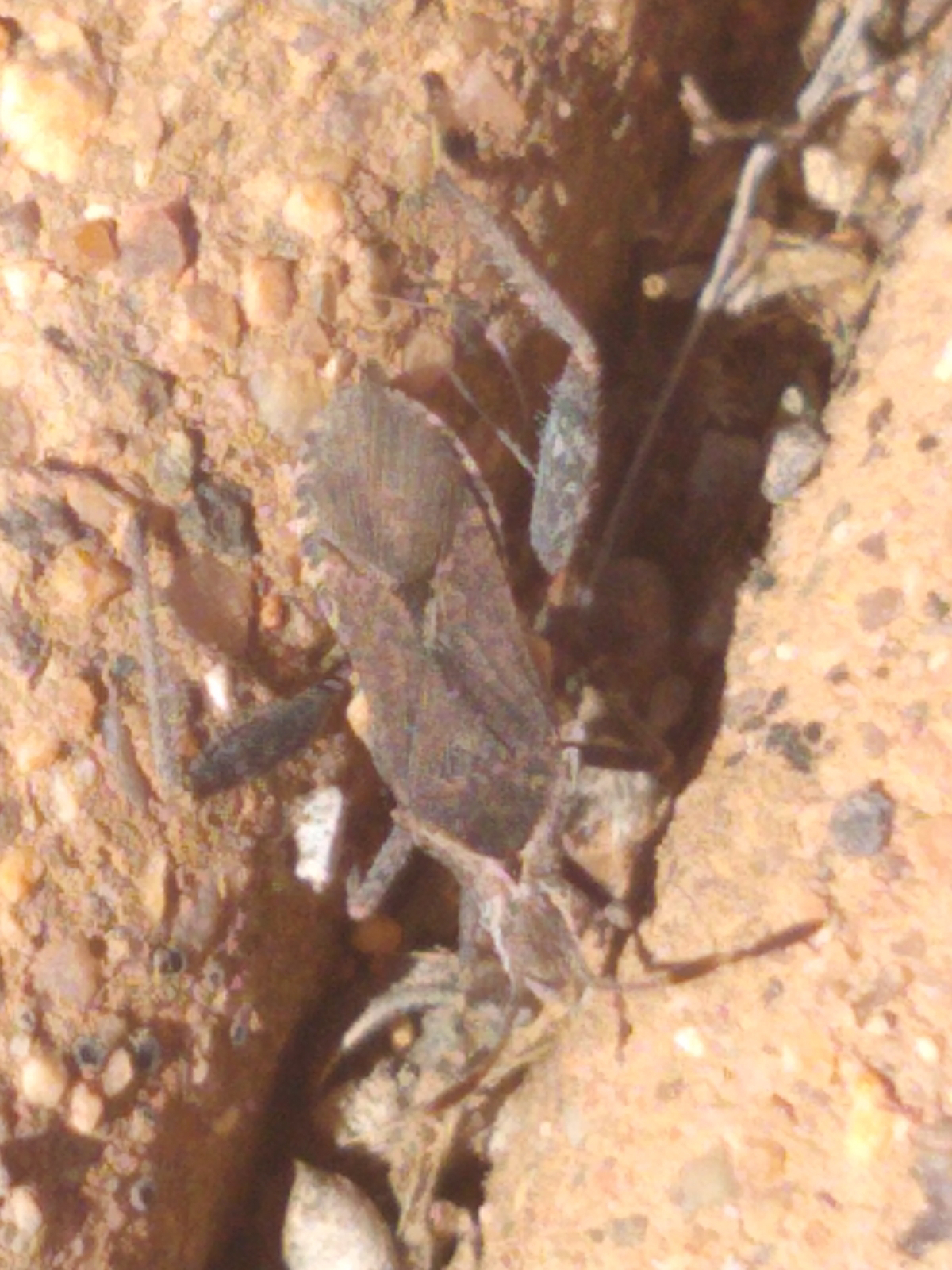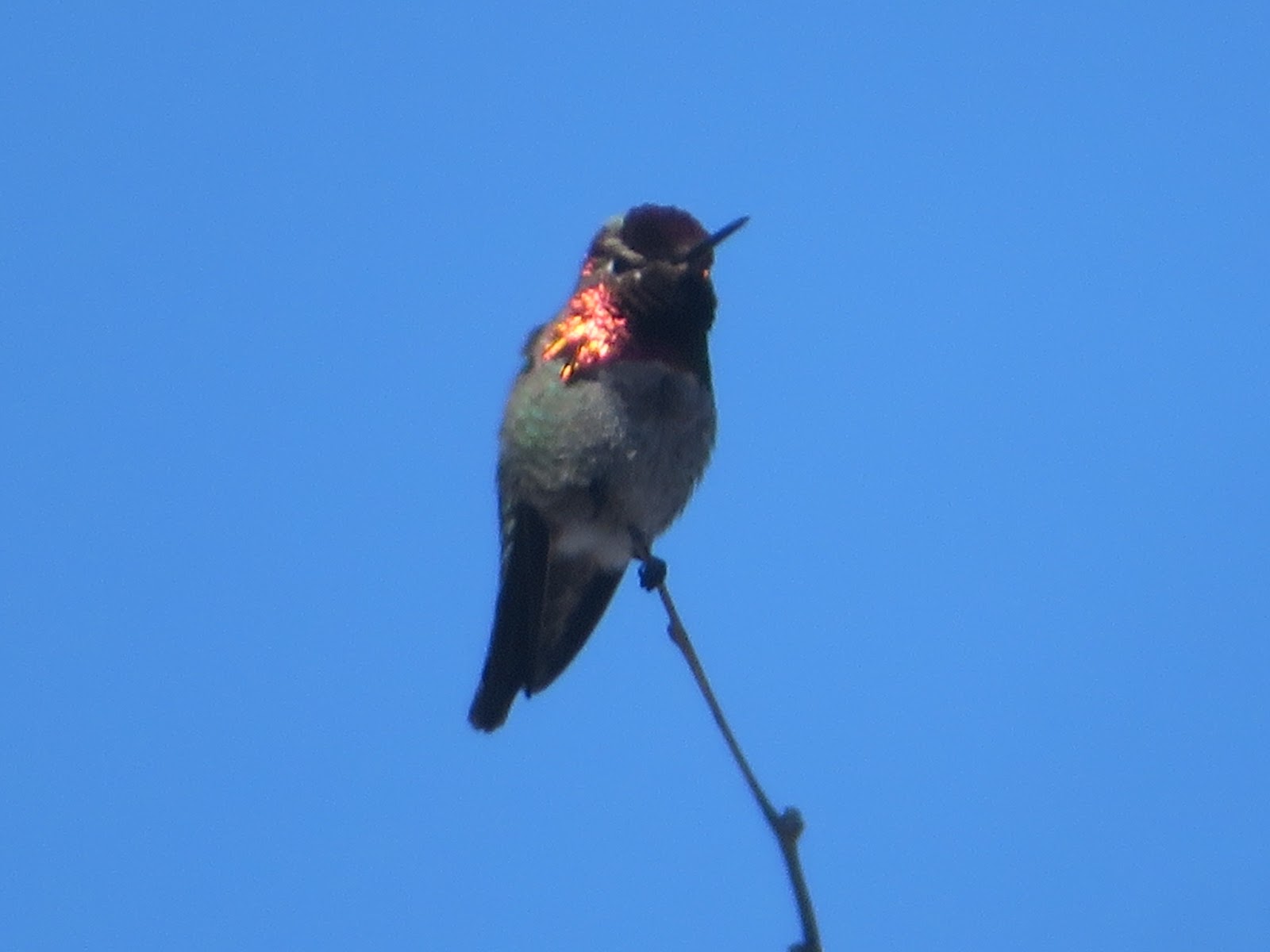"The world is full of obvious things which nobody by any chance ever observes"
Sir Arthur Conan Doyle
"Bias, like beauty, is often in the eye of the beholder"
Tom Brokow

As apes, we are very fixated on pretty things, like this butterfly. We also like to celebrate success, like protecting domestic bees and monarch butterflies. This inclination is exploited by other apes, and the conservation narrative can get rather warped as a result. Things that are beautiful are perceived as having more value. However, in nature, displays are usually much more subdued, except in a few notable cases like poisonous bugs (aposematism) or birds (sexual selection).
With insects, the human world divides them into "pests" and "other" no matter how beautiful they might be. This spotted cucumber beetle is an agricultural pest, but widespread control with insecticides have also removed its natural predators, such as flies, beetles and wasps. This allows the pest to spread unchecked. DDT was only banned in the US in 1972 and as of 2007 its effects are still being seen on bald eagles in south California. This was certainly not the original intention of this chemical.
In Corrales, coyote fencing is a popular form of privacy. At the start of spring, there are many long horn beetle males darting around the untreated wood looking for the females that are just emerging. This beetle is a wasp mimic and hoping to be mistaken for a one by potential predators.
Moths are the thinking person's butterfly. They are a vital part of the food chain and come in a huge variety of shapes and colors, not to mention sizes. Most are tiny, but some, like the sphinx moths are larger than hummingbirds. This Spiny Looper is not often found in New Mexico, and its camoflage stands out a bit too much against the stucco.
Moths are masters at camouflage. This lappet moth has extra frills to break up its silhouette and acts more leaf-like as well as blending in perfectly wherever there are dead leaves.At the start of spring, a lot of spiders migrate and often end up inside the house. I'm still not sure this is a typical parson's spider. The internet memes worrying people about evil spiders has already started, sadly. For me, spring begins when then the forest spiders begin throwing webs across trails in the early morning. The feel of those gossamer strands against the face while walking reminds me that ever day is a new start.
This long horn beetle shows the very distinctive long and segmented antennae. As the weather continues to climb, the size of the beetles will only get larger. Unlike the earlier, flashy beetle, this one is not trying to be a wasp.
Most beetles start out life in the soil and leaf litter. Even though the grubs look very different than they will when grown up, they still have the distinctive six legs up at the front end that all insects do.
The total number of ants is always huge, but the different styles of ant mounds also showcase the sheer variety of ant species that have returned to the surface now that ice is unlikely.
These ants could have been poisoned, but that is so pointless. They could also be caught in a cold snap and will revive once the temperature increases by a few degrees.In the earliest stages of spring the first fruiting trees have come out. White blossoms are usually a pear species, both fruiting and ornamental. Mostly the buds will be destroyed by late frosts, but they are planted for their beautiful colors until the green leaves and develop.
The purple/pink species are more likely a plum, or closely related cherry species. Late frosts often will destroy these flowers also. The trees are rarely allowed to grow to old age in people's yards and public spaces, and are often replaced. This means they do not have to be especially hardy or adapted to the local climate. This is a very wasteful system and could never work in a natural setting.
There are actually eight native species of elms in north America. While they are already dropping seeds, those seeds are immature enough to actually be eaten like a salad green. Taste kind of like snap peas. nature can be studied using all the senses, by the way.
Nature is in a constant state of change, both short term and longer term. The bird migration into this area from South America has begun. Hummingbirds and vultures are among the most notable, and the turkey vultures are definitely the easiest to see. This one is solitary and early, these birds are usually very social when migrating into new areas.
Many other animals do not migrate, and have to develop other ways to avoid the cold. This lizard was found while clearing leaves. She is in a cold torpor and not able to move easily. By hiding in leaf litter she can stay protected, but also find the insects, like beetle grubs and moths she will need to lay eggs. It is strange to think of all the living animals lying either underground on just under the surface that will only be out for a few months of the year.
Even the bare soil itself has a seed bank ready to sprout once the climate is right. Farm soil is actually not very conducive to plant growth without fertilizer, water and tillage. This is mostly to prevent unwanted plants from dominating the area by growing haphazardly. Irrigation is Corrales is slated to begin April 4. The village of Los Ranchos appears to already have it's arterial acequias filled. Ameliorating the soil with fertilizer can be very complex, or it can be as simple as a load of weathered horse manure dumped on a field and plowed under. The soil is a balance of clay and sand, with some silt, or other organic sources thrown in.
All the new growth is attracting the desert cottontails back out into the open. The youngest shoots are the easiest to digest and have the higher sugar levels, therefore easiest nutrition. Most people who are farmers see this animal as a pest to all plants, but these mammals are mostly found on lush backyard lawns with coyote fencing near to a good hiding space.Plowing fields attracts many birds that use the disturbed soil to find insects and invertebrates to feed on. This western bluebird is of course gorgeous and not seen as a pest, even though most of the worms it removes would have helped to enrich the soil. Beauty and utility is clearly in the eye of the beholder.






















































